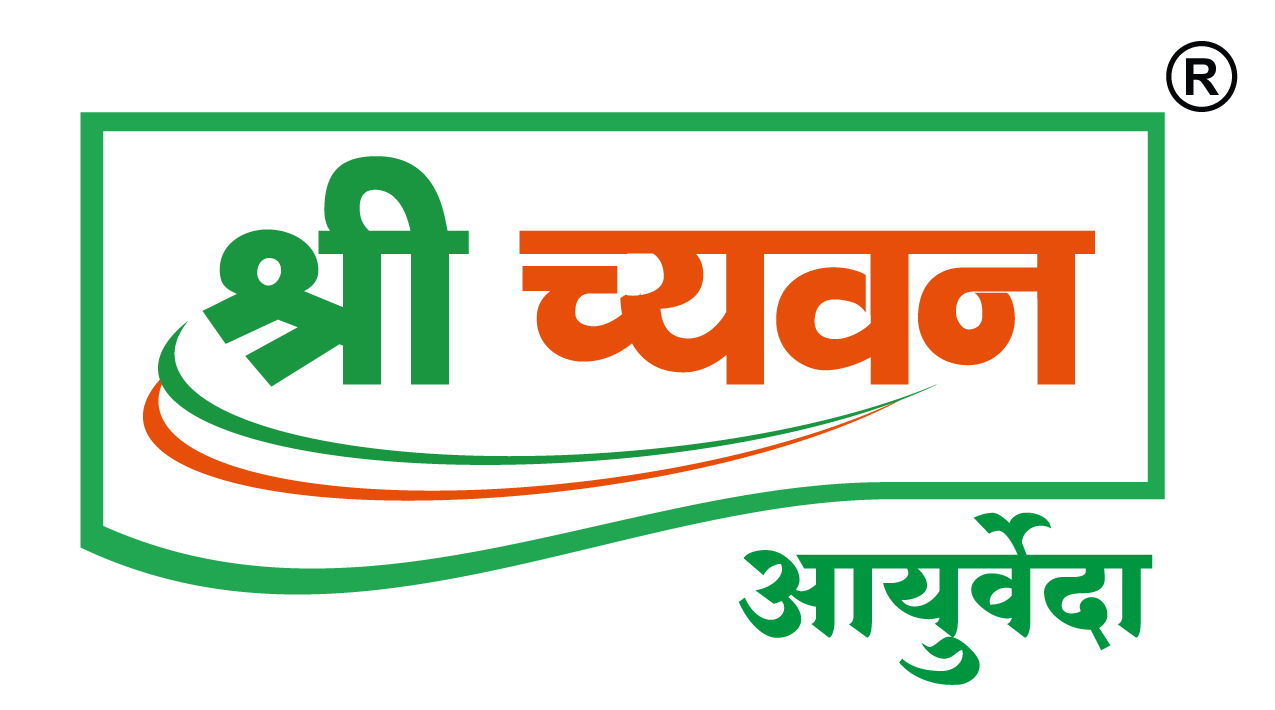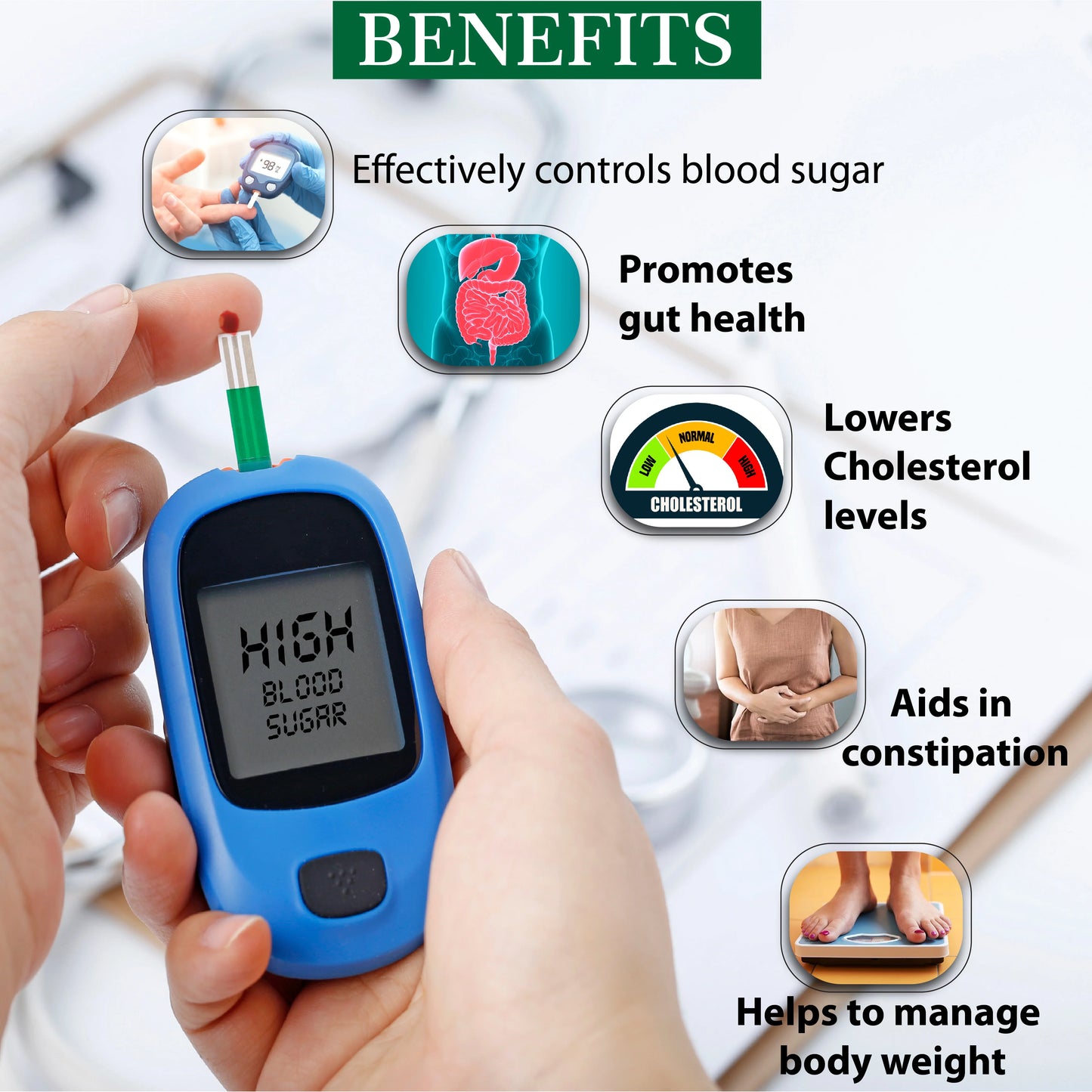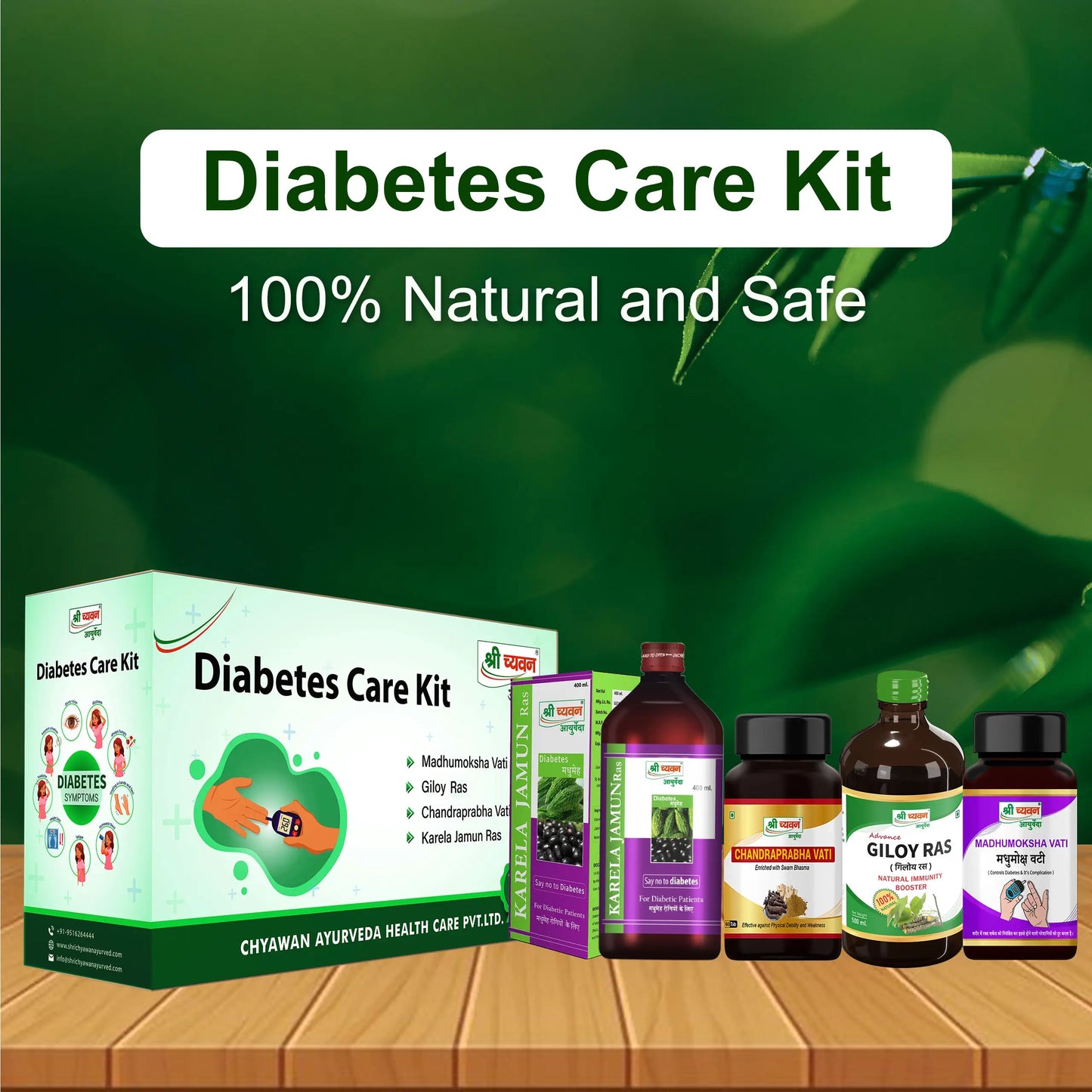Introduction: Why Managing Low Blood Sugar Matters
Low blood sugar can cause weakness, dizziness, and even serious health risks if not treated quickly. Knowing the right foods to eat helps restore energy fast and keeps you safe. This blog covers the best foods and smart tips to manage low blood sugar effectively.
What Happens When Blood Sugar Drops?
When blood sugar levels fall below normal, your body lacks the energy it needs to function properly. This can trigger symptoms like shakiness, sweating, irritability, rapid heartbeat, confusion, and even fainting. In severe cases, extremely low blood sugar can lead to seizures or unconsciousness. That’s why it’s important to recognize the early signs and treat low blood sugar quickly with the right foods.
Best Foods to Eat When Blood Sugar is Low
When your blood sugar drops, choosing the right foods can quickly bring your levels back to normal and keep you feeling steady. Here’s what works best:
Quick-Acting Carbs
Quick-acting carbohydrates are the fastest way to raise blood sugar. These include foods that digest quickly and release glucose into the bloodstream almost immediately.
Examples:
-
Glucose tablets
-
Fruit juice (like orange or apple juice)
-
Regular (not diet) soft drinks
-
Honey or sugar dissolved in water
Natural Sugars from Fruits
Fruits are a healthy way to boost blood sugar naturally. They not only provide quick sugar but also vitamins and fiber that support overall health.
Examples:
-
Bananas
-
Grapes
-
Apples
-
Berries
-
Raisins
Balanced Snacks for Stability
After treating the immediate low, eating a balanced snack helps maintain stable blood sugar levels and prevents another crash. A good snack combines carbs, protein, and a little healthy fat.
Examples:
-
Peanut butter on whole-grain bread
-
Yogurt with fruit
-
Cheese with crackers
-
Handful of nuts and a small apple
Simple Snack Ideas for Instant Energy
When blood sugar drops, having quick and easy snacks ready can make all the difference. Look for snacks that are rich in fast-acting carbs, with a little protein to keep energy levels stable. Here are some simple ideas:
-
A small banana with a spoonful of peanut butter
-
A handful of raisins or dried fruit
-
A glass of fruit juice with a few crackers
-
Low-fat yogurt with honey
-
A granola bar (choose one with natural ingredients)
-
Apple slices with a few almonds
-
A slice of whole-grain bread with jam
Keeping these snacks handy at home, work, or in your bag ensures you can quickly respond when your blood sugar dips.
Foods to Keep Handy for Emergencies
Managing low blood sugar means being prepared at all times. Keeping the right foods within easy reach can help you treat a sudden dip quickly and safely. Here are some smart options to stock up on:
-
Glucose tablets or gels
-
Small boxes of raisins
-
Packaged fruit juices (no added sugar)
-
Hard candies like glucose candies or jelly beans
-
Granola or energy bars
-
Peanut butter packets
-
Trail mix with dried fruits and nuts
Store some of these foods in your bag, car, office drawer, or bedside table. Quick access can make a big difference during an emergency.
What to Avoid During a Low Blood Sugar Episode
When your blood sugar is low, not all foods and drinks are helpful. Some can even make the situation worse. Here’s what you should avoid:
-
Foods high in fat like chocolate, ice cream, or fried snacks — they slow down sugar absorption and delay recovery.
-
Diet sodas — they have no real sugar and won’t raise your blood glucose.
-
Large heavy meals — they can overwhelm your digestion and delay the quick energy you need.
-
Caffeine — coffee or energy drinks may increase heart rate and anxiety, making symptoms feel worse.
Stick to fast-acting carbs and small snacks until you feel better, then follow up with a balanced meal if needed.
Tips for Eating Smart and Staying Balanced
-
Eat regular meals and snacks: Spread your meals throughout the day to maintain steady blood sugar levels. Don’t skip meals.
-
Incorporate fiber: Foods high in fiber, like whole grains, vegetables, and legumes, help stabilize blood sugar.
-
Choose complex carbs: Opt for whole grains, sweet potatoes, and legumes, which provide longer-lasting energy compared to refined carbs.
-
Pair carbs with protein and fat: A balanced combination of carbs, protein, and healthy fats (like nuts, seeds, and avocado) helps keep your blood sugar levels stable.
-
Avoid sugary drinks: Stick to water, herbal teas, or drinks without added sugar to avoid blood sugar spikes.
-
Stay hydrated: Drinking plenty of water supports your overall health and helps prevent blood sugar imbalances.
These tips can help readers maintain a healthy diet and manage their blood sugar levels better.
When to Get Medical Help for Low Blood Sugar
-
Severe symptoms like confusion, seizures, or loss of consciousness.
-
Inability to raise blood sugar after consuming fast-acting carbs.
-
Frequent low blood sugar episodes.
-
Uncertainty about symptoms or treatment.
Shri Chyawan's Ayurvedic Solution
Our ayurveda experts have formulated an ayurvedic medicine for diabetics - Diabetes Care Kit. It helps to control your blood sugar levels. This Ayurvedic medicine is meticulously crafted to assist in maintaining balanced blood sugar levels, promoting overall well-being through natural ingredients.
Shri Chyawan Diabetes Care Kit
The Kit contains four types of ayurvedic medicine that play a major role in the management of blood sugar levels:
- Madhumoksh Vati
- Chandraprabha Vati
- Karela & Jamun Ras
- Giloy Juice
1. Madhumoksh Vati - Shri Chyawan Ayurveda's Madhumoksh Vati Supports healthy blood sugar levels in the body and removes the problems caused by it.
Ingredients: The main ingredients used in Madhumoksh Vati are vasant kusumakarra, madhumeh harirasa, neem panchang, jamun beej, gudmar, karela beej, talmakhna, jalneem, amla, and baheda.
How To Use: If blood sugar level of patient is 200mg/dl, then he/she is required to take 2 tablet, twice a day, before meal or as directed by the physician.
2. Chandrabha vati - Shri Chyawan Ayurveda's Chandraprabha vati Supports healthy uric acid levels and may contribute to overall wellness.
Ingredients: It consists of Amla, Sandalwood, Daruharidra, Devdaru, Camphor, Cinnamon, and Pipal.
How To Use: Consume 1 tablet at night before going to bed. or as Directed by the Physician.
3. Karela Jamun Ras - Shri Chyawan Karela Jamun Ras supports metabolic health and may contribute to balanced blood sugar levels in the body and Jamun contains jamboline and jambosine, which are believed to support metabolic health.
Ingredients: The main ingredients of this juice/ras are Karela and Jamun juice.
How To Use: Consume 10ml, twice a day, after 1 hour post lunch and dinner or as Directed by the Physician.
4. Giloy Ras: Giloy Ras is an herbal and ayurvedic supplement known for its potential health benefits, including supporting overall well-being and Supports healthy blood sugar levels in the body.
Ingredients: It consists of juice extracted from Giloy.
How To Use: For children 5ml-10ml,
For adults, 10ml-20ml, thrice a day. or as Directed by the Physician.
Final Thoughts: Stay Prepared, Stay Healthy
Managing low blood sugar is all about being prepared and making smart food choices. By keeping the right snacks on hand, eating balanced meals, and understanding the signs of low blood sugar, you can stay healthy and avoid unnecessary risks. Remember, staying proactive is key to maintaining your energy and overall well-being.
Free Consultation with our Expert Doctor- 📞📞 95162 64444















